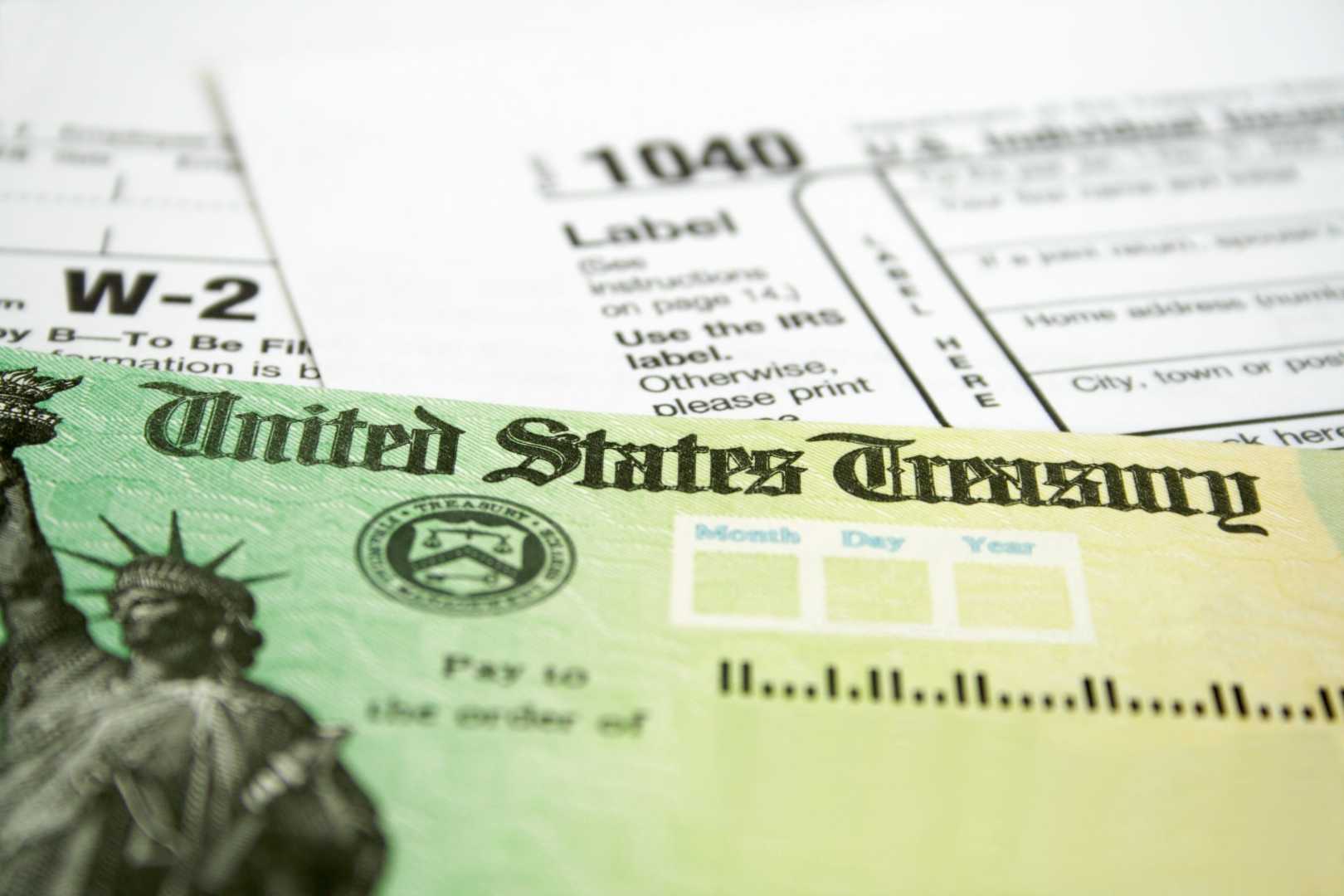News
IRS Not Issuing New Stimulus Payments This July

WASHINGTON, D.C. — Americans looking forward to receiving new federal payments this July will need to adjust their expectations as the IRS has not scheduled any fresh distributions. Current payments are limited to tax refunds and state-level inflation relief checks, not additional nationwide stimulus checks.
Inflation refunds or rebate checks are being sent out by various states, such as Pennsylvania, Georgia, and Colorado. These payments are targeted to households that pay property tax or rent, with specific criteria differing by state. In New York, residents affected by heightened sales tax are also receiving one-time inflation relief payments, with individual payments of $200 for those earning up to $75,000 and $400 for married couples filing jointly with incomes up to $150,000.
“These payments may soften the blow of inflation,” said Daniel Burnside, a finance professor at the University of Rochester, in an interview with WTOP. “But they will not solve it. Think of it as a financial aspirin, not a cure.”
From 2020 to 2021, the government issued three rounds of stimulus checks varying in amounts, but there has been no new authorization for checks in 2025. The last deadline to claim the third stimulus check or the Recovery Rebate Credit was set and applied even to those seeking tax extensions.
For those expecting tax refunds, the IRS recommends e-filing with direct deposit to expedite the process. Checks should arrive within 21 days if filed electronically. If information is not provided for direct deposit, a paper refund could take six to eight weeks.
As of mid-July, the IRS has issued over 98 million refunds for 2024 tax returns, averaging $2,936. The agency continues to process Economic Impact Payments from 2021 to 2023, addressing unresolved cases.
Widespread rumors regarding new stimulus checks for $1,390 to $2,000 for qualifying taxpayers have surfaced online, warning citizens against sharing personal information with questionable sources. These claims lack verification and come alongside disinformation shared on social media platforms.
To confirm their refund status, taxpayers can utilize the IRS’s “Where’s My Refund?” tool by entering their Social Security number, filing status, and expected refund amount. They are also encouraged to avoid calling the IRS unless the tool indicates no status after 21 days.












